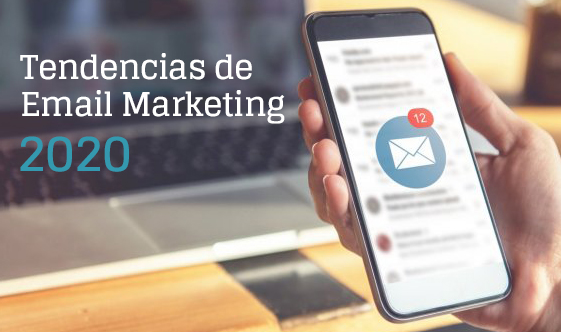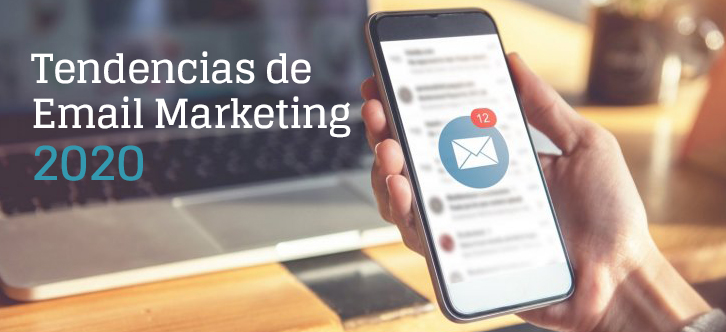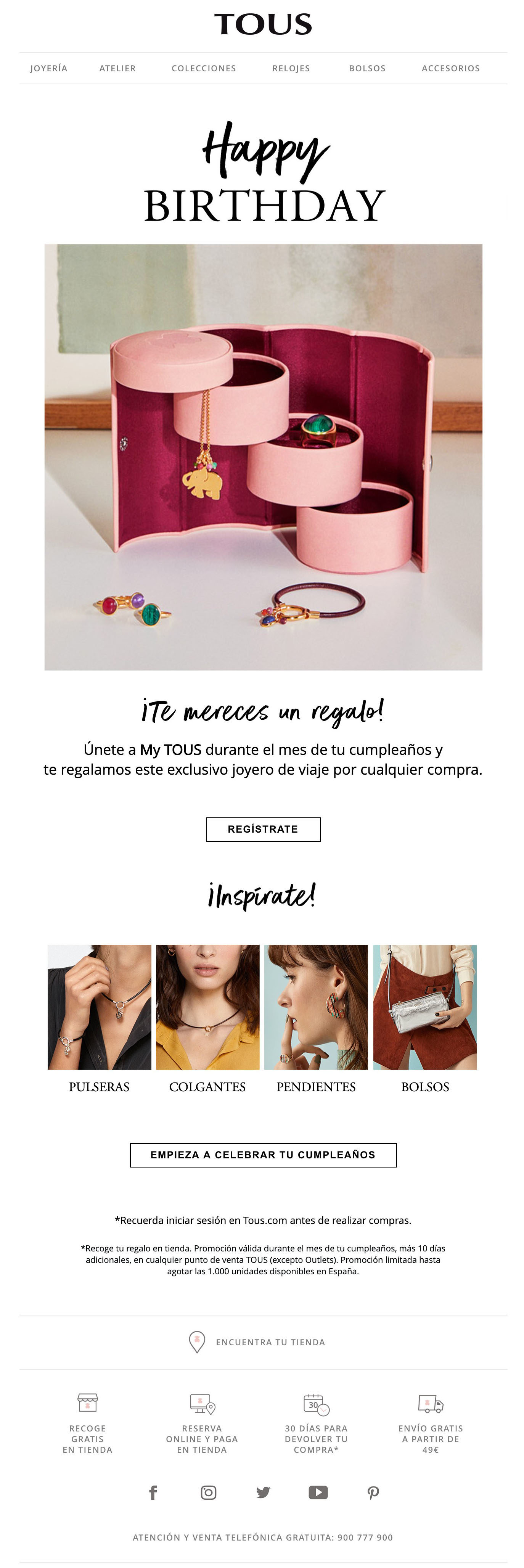3 Email Marketing trends in 2020


In the month of January and taking into account what we have seen and experienced in the agency during the past 2019, we want to make a top 3 of the email marketing trends that we think we will see in 2020. Take note!
1- Automation will be a MUST
At Digital Response, we've seen it firsthand. Automation has become an essential element in an email marketing strategy. In fact, as we discussed in this postlast 2019 we implemented more than 15 automated programmes different for our customers! And we certainly believe that the pace will not slow down, quite the contrary.
In 2020, more and more brands and/or companies will start automating their campaigns. Those who have not yet started, will take their first steps and those who have already taken the courage to incorporate some automated email to their strategy, will be thinking about what will be the next one.
It should be remembered that automation, on the one hand, helps us save timeThe name of the programme indicates that by configuring the process only once, the email or programme in question is now permanently automated.. This way, we don't have to worry about doing the process manually over and over again.
On the other hand, it helps us to have a higher quality contact with the subscriber. We would agree that it is not the same to have an email strategy that has an email marketing strategy that has a Automated Welcome Email to welcome the newcomer and offer him or her a discount or, for example, a Birthday Email to congratulate him on his day and give him a gift, than one that does not have either of these two programmes in place. The relationship with the customer is much closer and more personal.
What kind of email or automated programmes will we see? Here is a list:
- Welcome email
- Birthday Email
- Anniversary email with the brand
- Abandoned cart recovery email
- Loyalty email
- User Lifecycle Programme
All of them make an email strategy much more complete and allow much better control of the flows, achieving very positive results.
Here are two examples of automated programmes. A birthday email from Tous and an abandoned cart recovery email from Havaianas:


2- Campaigns will become increasingly personalised
Gone is the trend of sending exactly the same email to all subscribers who are part of a database. What may be interesting content for one user may not be for another. And this is where the magic of personalisation.
During 2019 in Digital Response we have been working more and more on the personalisation of campaign content of our customers. This was intended to make the emails more relevant to the user receiving them. A fact that clearly has a positive impact on the main rates: openings, clicks and conversions.
We could say that personalised campaigns are essential for to correctly impact the different user profiles that a company or brand may have in its database. For that reason, this 2020 the personalisation trend will be on the rise. We will see more and more consideration being given to the user data and/or behaviour to send this type of campaign. We thought it would be interesting to compile a list of what we consider to be the most important ones:
- Data provided at the time of registration.
- User browsing behaviour in ecommerce.
- Email browsing behaviour and engagement.
- Analysis of the user's purchase history: user's shopping preferences and order history.
- On the basis of the browsing cookies (recent searches) and/or purchase history, it is determined what kind of products can be recommended to the recommended user.
On the other hand, we cannot forget that personalisation and automation almost always go hand in hand, as the moment of sending is established on the basis of a specific reason or trigger.
Here we can see two clear examples. In the case of ZalandoThis is a highly personalised loyalty email to celebrate the anniversary of the first purchase made. As for Pull&BearWe see how products are recommended to the user based on the products they have visited.


3- The figure of the influencer will play an increasingly important role in emails.
The number of users using social networks is constantly growing. According to EmarsysIn fact, approximately 42% of the population (3.2 billion users) is a user of one of them. For brands, this means an effective way to reach their target audience, establish a connection with them and, why not, convey their messages in a relaxed way.
In this context, we would agree that the figure of the influencer takes centre stage. Brands not only start working with them in the field of social media, but they often end up being the image of the brand itself.
In the 2019We have already seen how many companies, especially in the fashion industry, have joined the trend of working with them. Now, how does this affect the field of email? Influencers not only become the image of the brand, but in many occasions they are the face and the protagonists of the emails themselves.
We must bear in mind that the brand or company in question has decided to work with an influencer because he or she is similar to them and transmits the values or image they want to sell. This means that a large part of their subscribers will probably also feel identified with the influencer in question and may even be perfectly loyal followers. Therefore, the use of this figure in campaigns results in a more eye-catching email., which helps to capture the subscriber's attention almost as soon as they read the subject line.
In 2019, for example, Stradivarius worked, among others, with the singer Aitana. She was the image and therefore the face of many of their campaigns. This 2020, we are convinced that the trend will continue to be present. This January, for example, Clinique has started working with the actress Emilia Clarke. Here are both examples:


In short, these are the 3 email marketing trends that we believe will come on strong in 2020. Do you agree with us? What trends do you think will continue to be present in email or what new trends could emerge?